Turning the Tide – How Innovation and Community Are Powering Ocean Protection
As the health of our oceans faces unprecedented threats—from plastic pollution to overfishing and warming waters—the call for urgent, systemic change has never been louder. But amid this global crisis, a powerful movement is emerging at the intersection of innovation, sustainability, and grassroots action. From biotech startups turning seaweed into compostable packaging to major fashion labels rethinking materials to eliminate marine waste, companies across industries are embracing their responsibility to protect the blue heart of our planet.
Ocean conservation is no longer the sole domain of governments and NGOs. Today, businesses are demonstrating that it is not only possible—but essential—to align profit with purpose. Community-led conservation efforts are being amplified by smart design and circular thinking, where waste is repurposed as raw material, and ecological regeneration is built into supply chains. These businesses are not just reacting to consumer demand; they are shaping new standards for environmental stewardship and accountability.
In this article, we spotlight 10 groundbreaking companies and initiatives—from Patagonia’s NetPlus® program to MarinaTex’s algae-based bioplastics—each redefining what it means to operate sustainably in the face of marine decline. Whether through community empowerment, material innovation, or strategic industry partnerships, they are all united by a shared goal: to heal and protect our oceans for generations to come.
1. Patagonia – NetPlus® Program
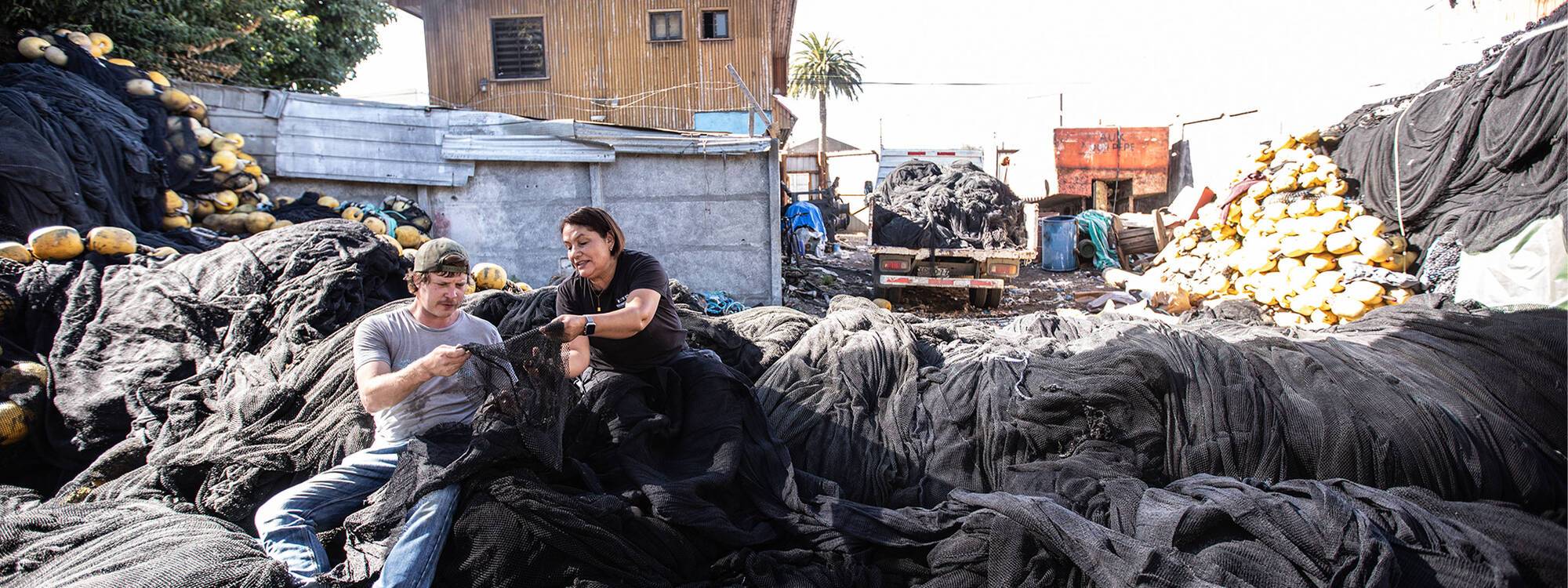
Overview: "The ocean is choking in plastic. Globally, an estimated 8.8 million tons of mismanaged plastic fills our waters every year, most of it single-use. Discarded fishing nets in the marine environment are one of the most harmful forms of plastic pollution—scientists estimate more than 650,000 marine animals are killed or seriously injured every year after being trapped in fishing gear". (patagonia.com).
Patagonia's NetPlus® initiative, developed in collaboration with Bureo, transforms discarded fishing nets into durable materials used in products like hat brims and jackets. This program not only reduces ocean plastic pollution but also exemplifies circular economy principles in the apparel industry.
Key Achievements:
- Over 105 tonnes of fishing nets have been recycled into NetPlus® materials.
- The initiative supports coastal communities by providing economic incentives for net collection.
Products:
- Today, NetPlus recycled nylon and recycled HDPE are used in a range of products from Patagonia's hat brims and Down Sweater™ jackets to Costa sunglasses and Futures surf fins—even Jenga games.
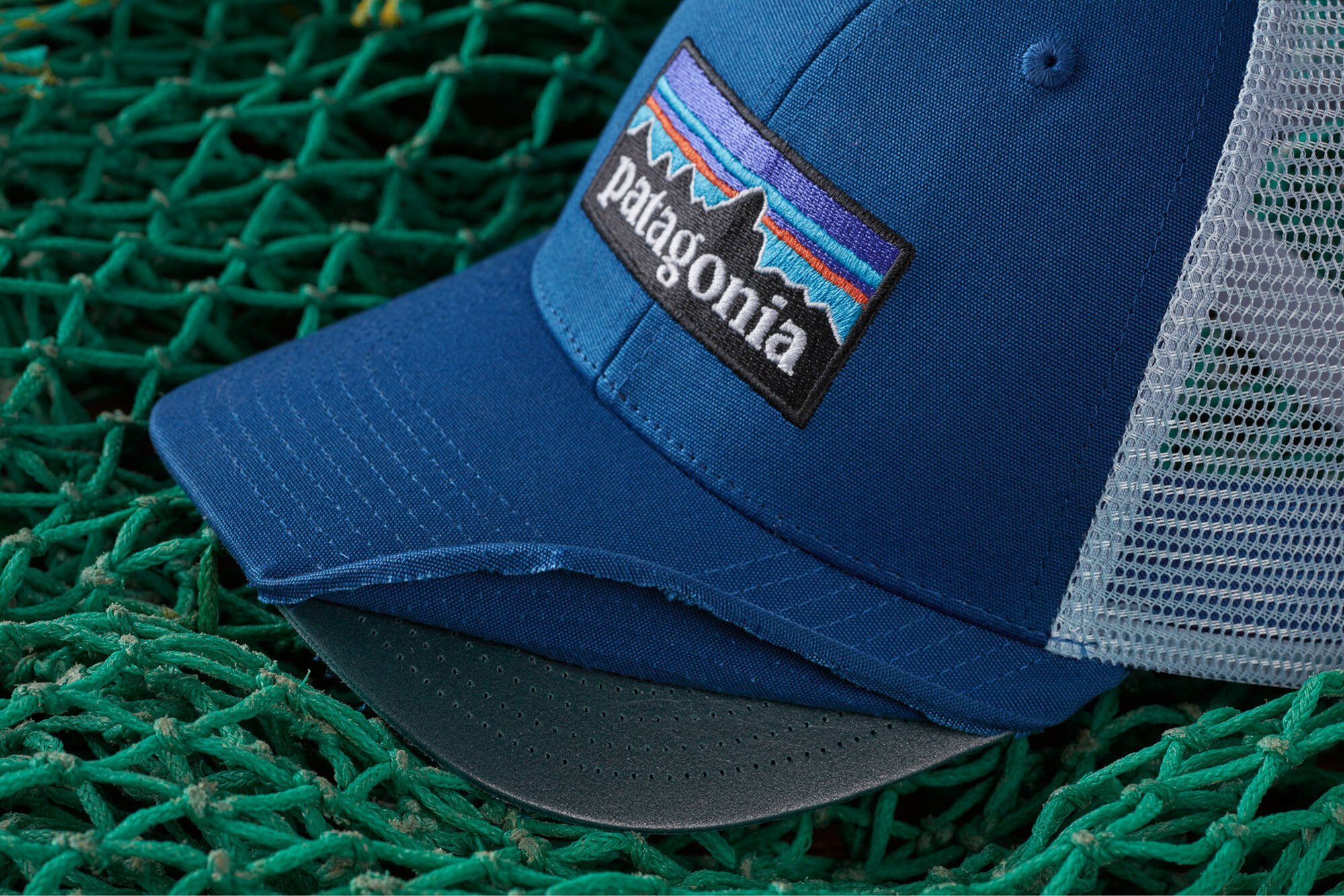
Collaborations:
Learn More: Patagonia NetPlus® Program
2. Bureo – Net Positiva Program
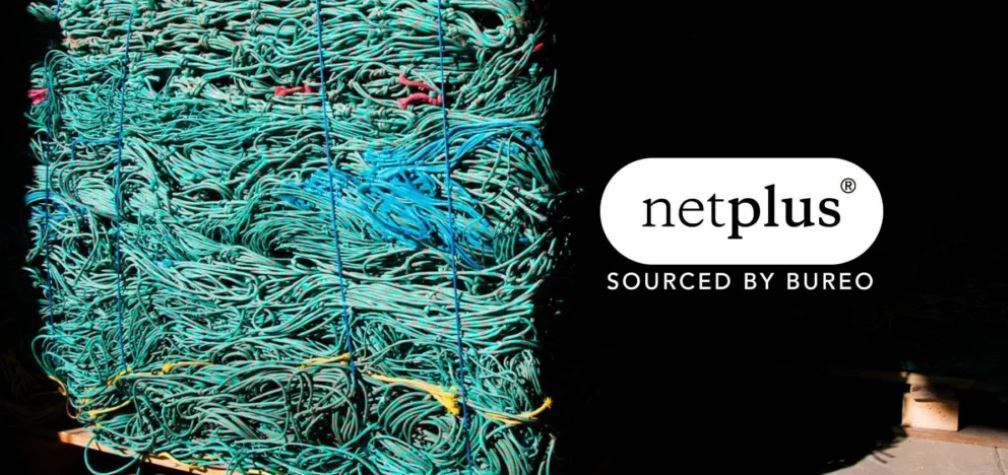
Overview: Bureo's Net Positiva program collects discarded fishing nets in South America and recycles them into skateboards, sunglasses, and other products. By providing fishermen with solutions for end-of-life fishing gear, Bureo addresses plastic pollution at its source.
Key Achievements:
- The program has recycled over 10,000 kg of fishing nets.
- It operates collection points in multiple coastal communities, promoting environmental awareness and economic development.Debris Free Oceans
Products:
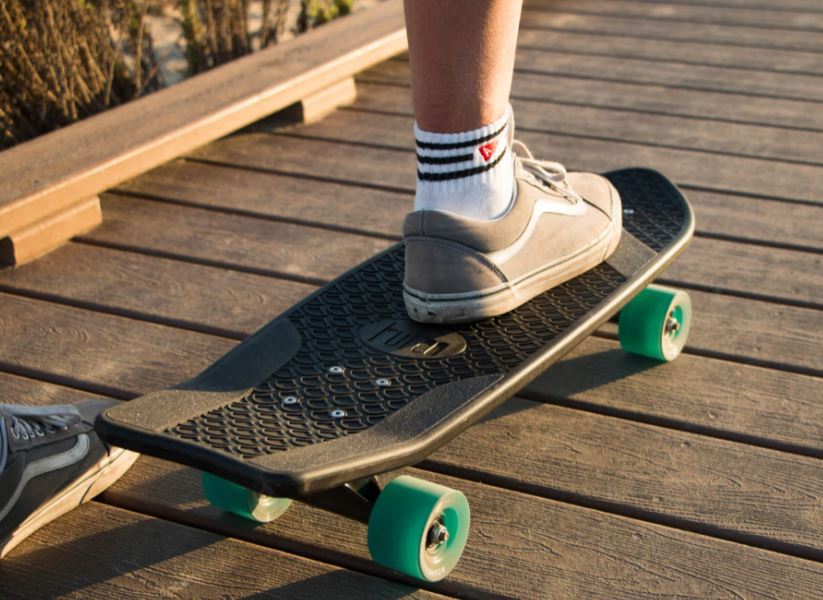
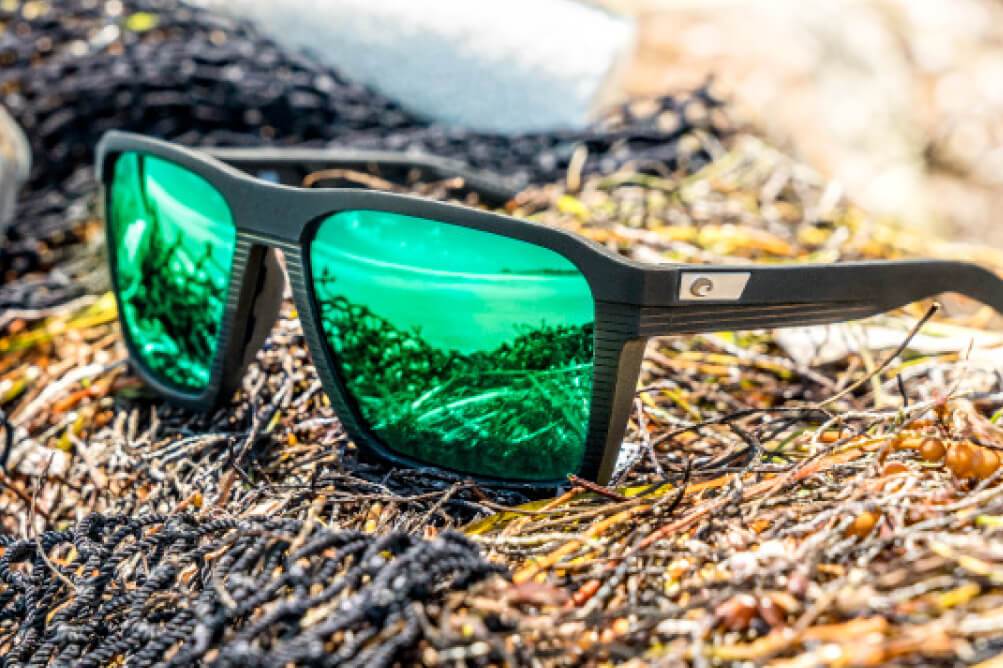
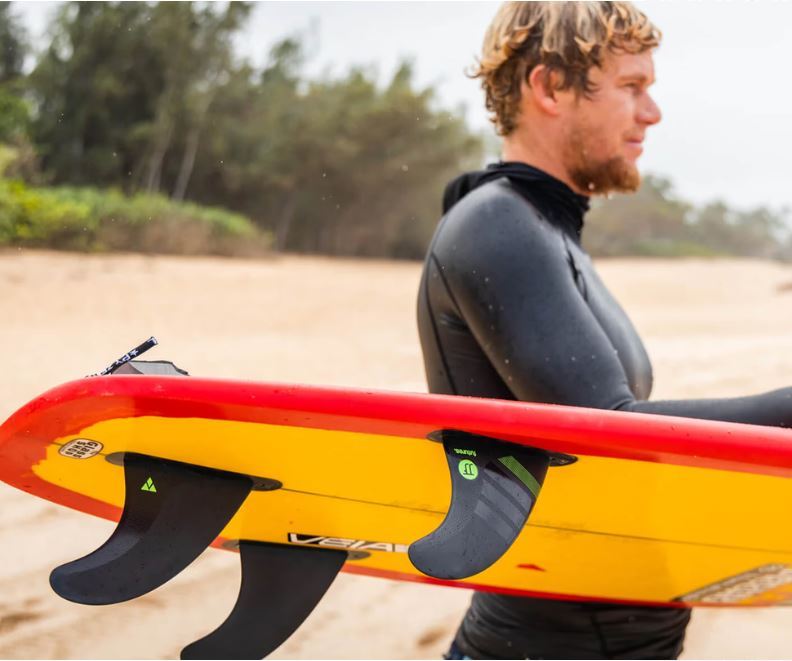
Collaborations:
Learn More: Bureo Net Positiva
3. MarinaTex – Bioplastic Innovation
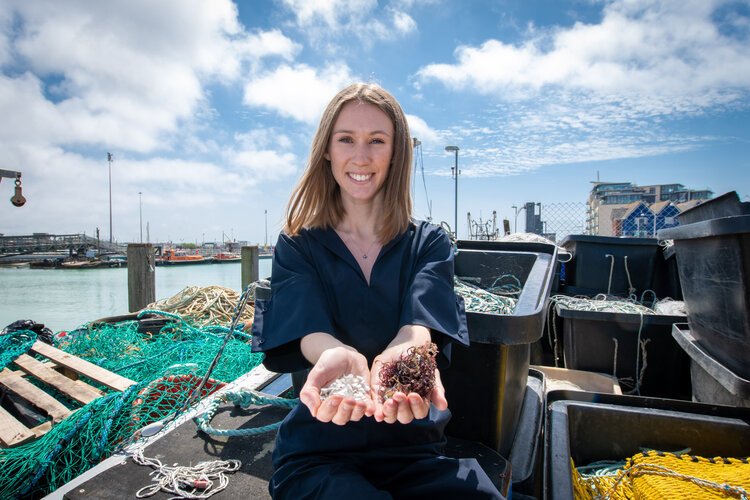
Overview: MarinaTex has developed a biodegradable bioplastic made from red algae and organic waste from the fishing industry. This material serves as an alternative to single-use plastics, decomposing within four to six weeks in home compostable environments.
Key Achievements:
- Winner of the 2019 James Dyson Award for sustainable design.
- The bioplastic is stronger than LDPE and requires less energy to produce.
Products:
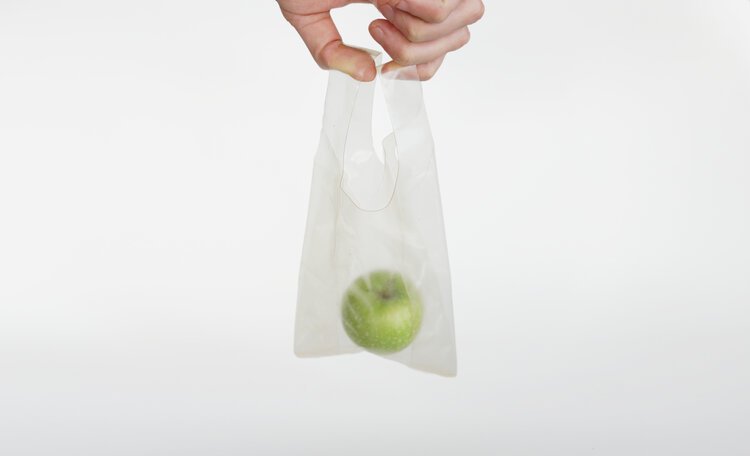
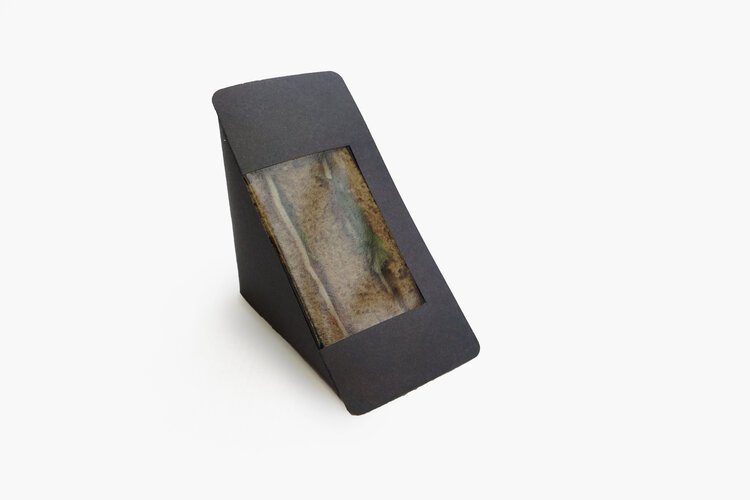
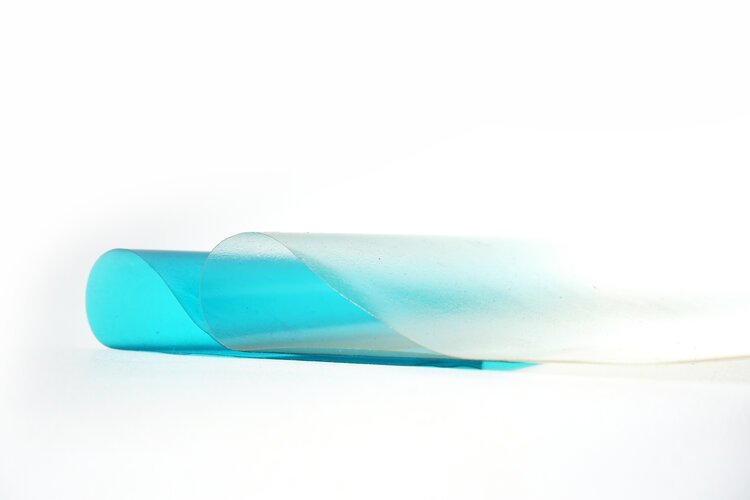
Collaborations:
Learn More: MarinaTex Bioplastic
4. Aquafil – ECONYL® Regenerated Nylon

“We envision the goal of a sustainable future to achieve it, driven by the responsibility to change the world one choice at a time.” - Aquafil Brand Manifesto
Overview: Aquafil's ECONYL® is a regenerated nylon made from waste materials like fishing nets and fabric scraps. Used by brands such as Stella McCartney and Adidas, ECONYL® exemplifies sustainable material innovation in fashion and textiles.
Key Achievements:
- For every 10,000 tonnes of ECONYL® raw material, 70,000 barrels of crude oil are saved.
- The material is infinitely recyclable, promoting a closed-loop system.
Products:
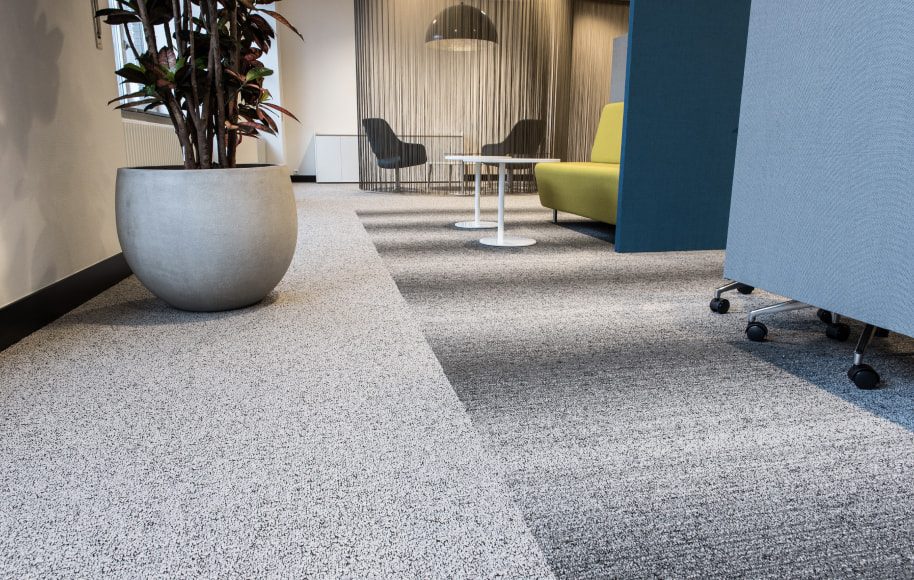
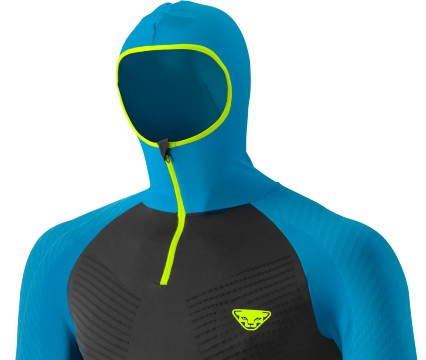

Collaborations:
Learn More: ECONYL® by Aquafil
5. Parley for the Oceans
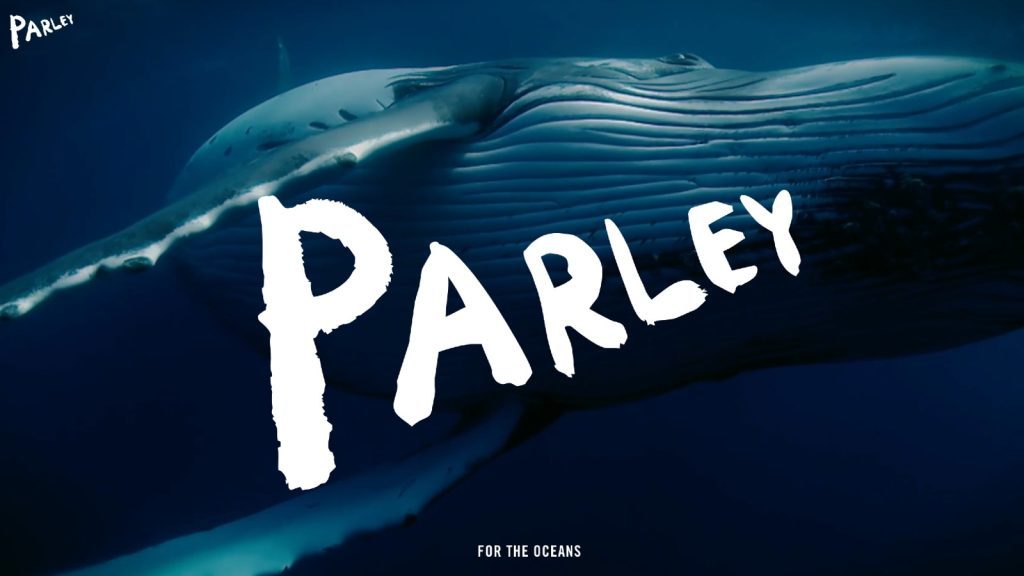
Overview: Parley for the Oceans is a global network that collaborates with creators, thinkers, and leaders to raise awareness for ocean conservation. Their Ocean Plastic® program upcycles marine plastic waste into high-performance materials used in products like Adidas footwear.ParleyAdidas+2Thales Group+2Parley+2
Key Achievements:
- Partnership with Adidas has led to the production of millions of shoes made with Parley Ocean Plastic®.
- The initiative has intercepted vast amounts of plastic waste from coastal areas.
Products:
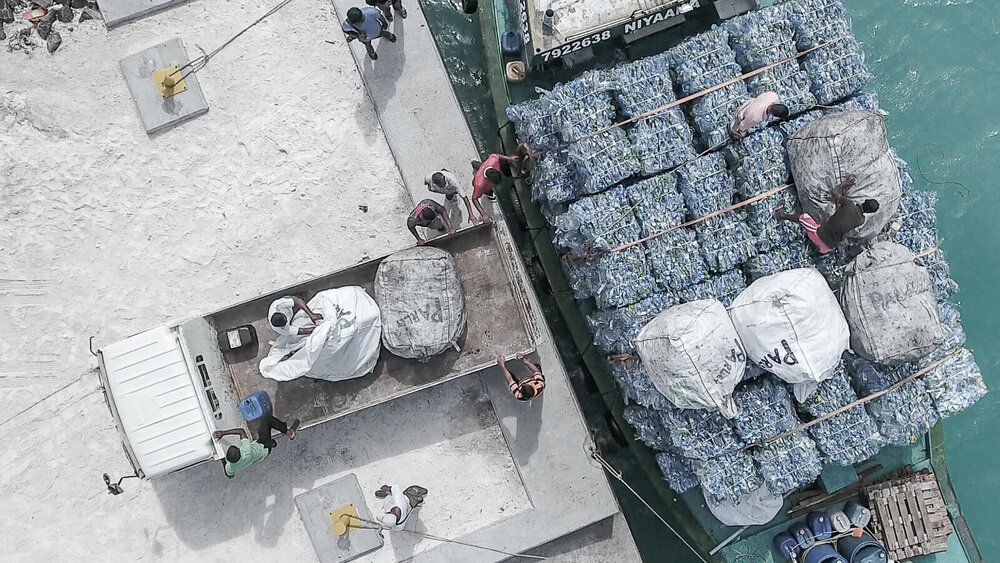
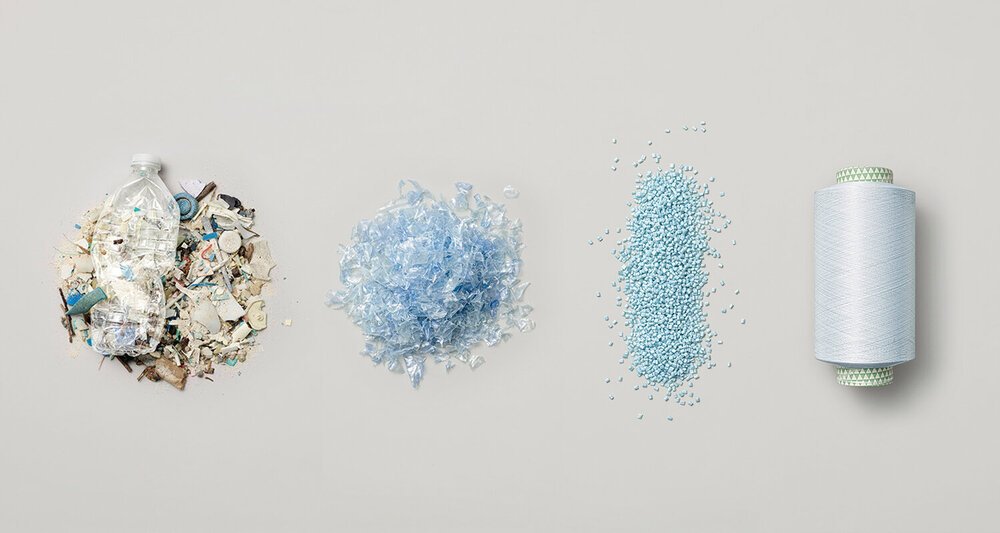
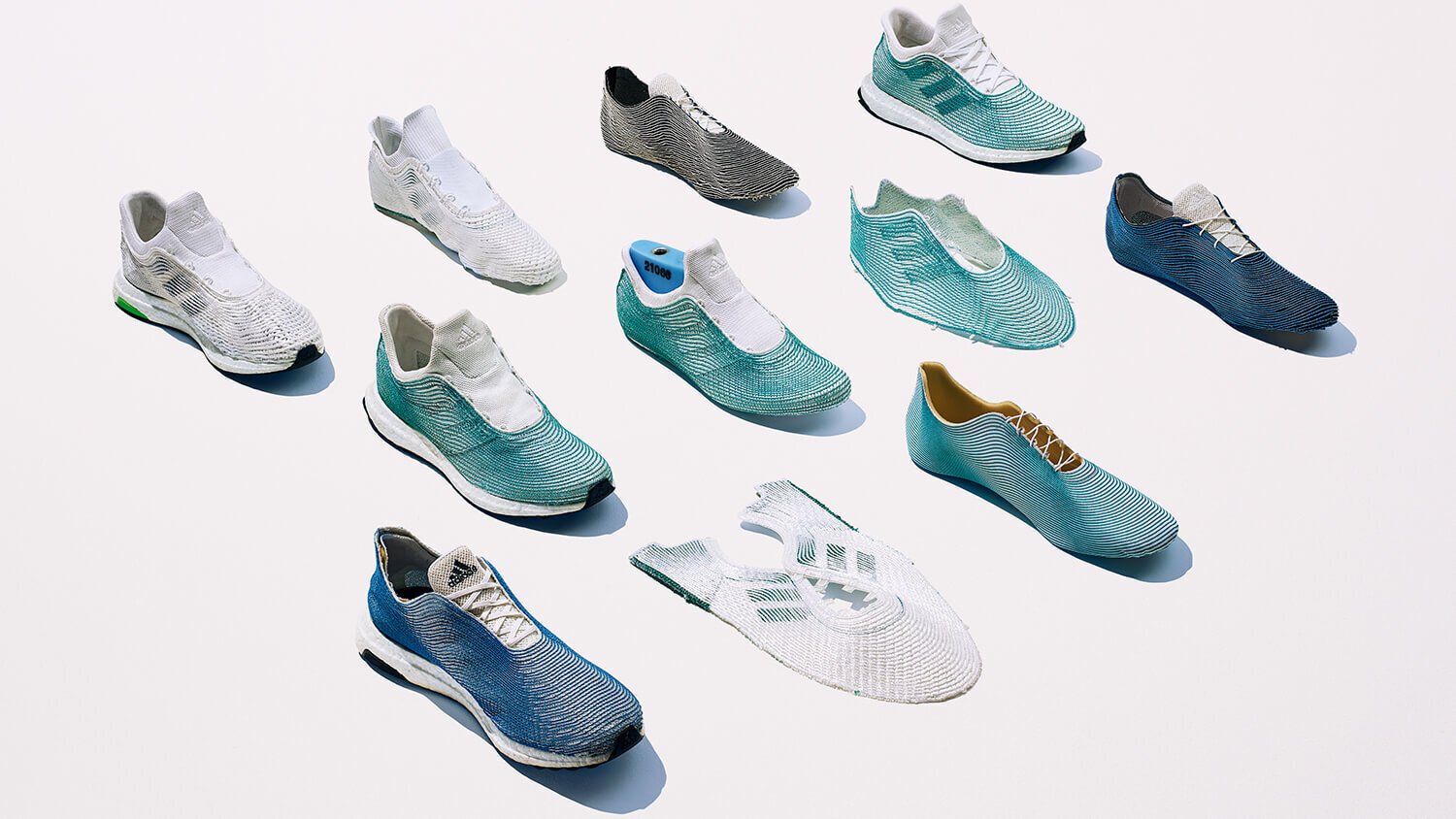
Collaborations:
-
Collaborations with brands like Adidas, Stella McCartney, and G-Star RAW.
-
Partnerships with governments and NGOs for large-scale cleanup operations.
Learn More: Parley for the Oceans
6. The Ocean Cleanup

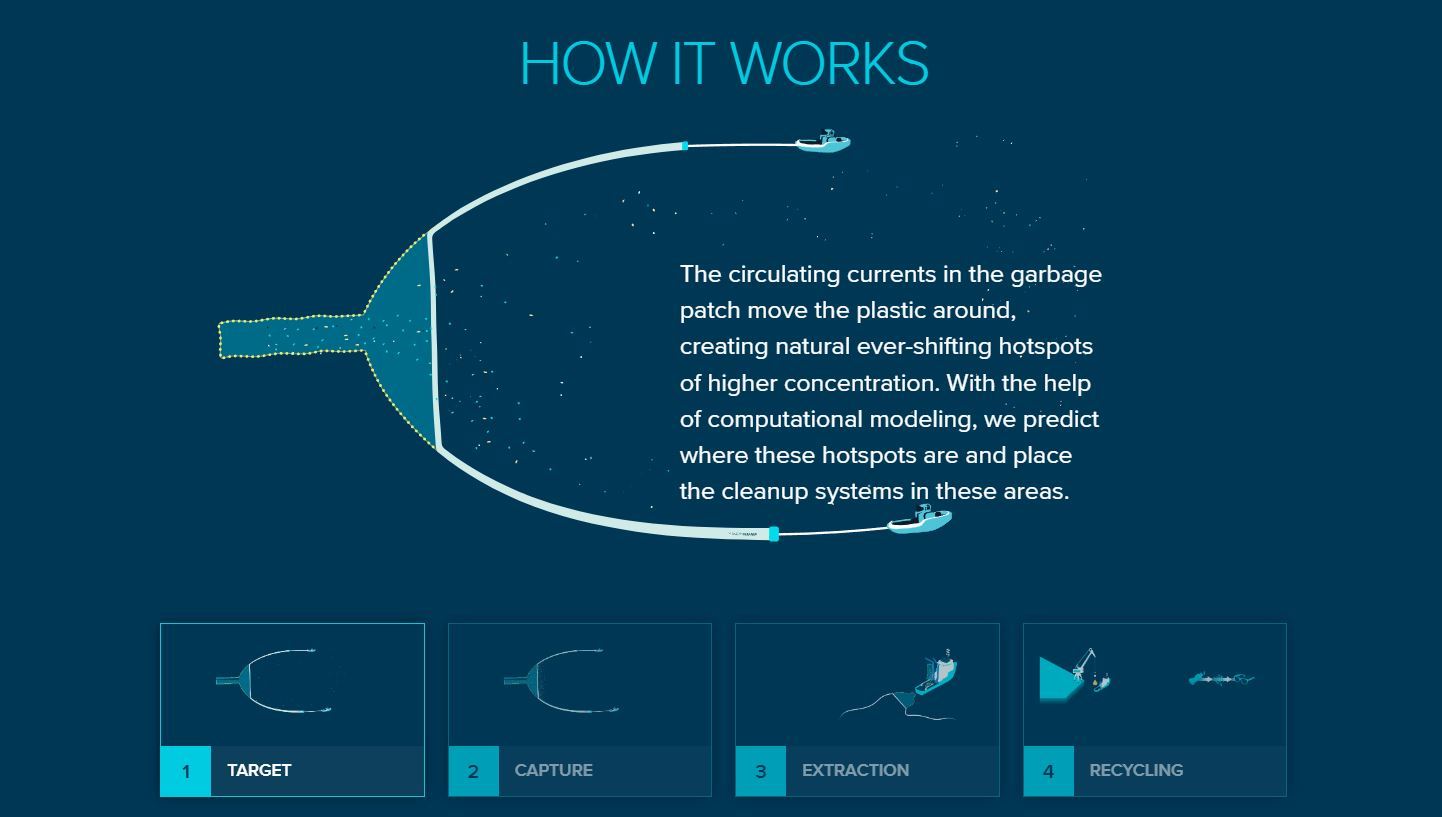
Overview: The Ocean Cleanup is a non-profit organization developing advanced technologies to remove plastic pollution from the oceans and rivers. Their systems aim to clean up 90% of floating ocean plastic by 2040.YouTube+3The Ocean Cleanup+3Wikipedia+3Time+2SDGs+2The Ocean Cleanup+2
Key Achievements:
- Deployment of "System 002" has successfully collected significant amounts of plastic from the Great Pacific Garbage Patch.
- The "Interceptor" project targets river plastic pollution, preventing it from reaching the oceans.
Products:
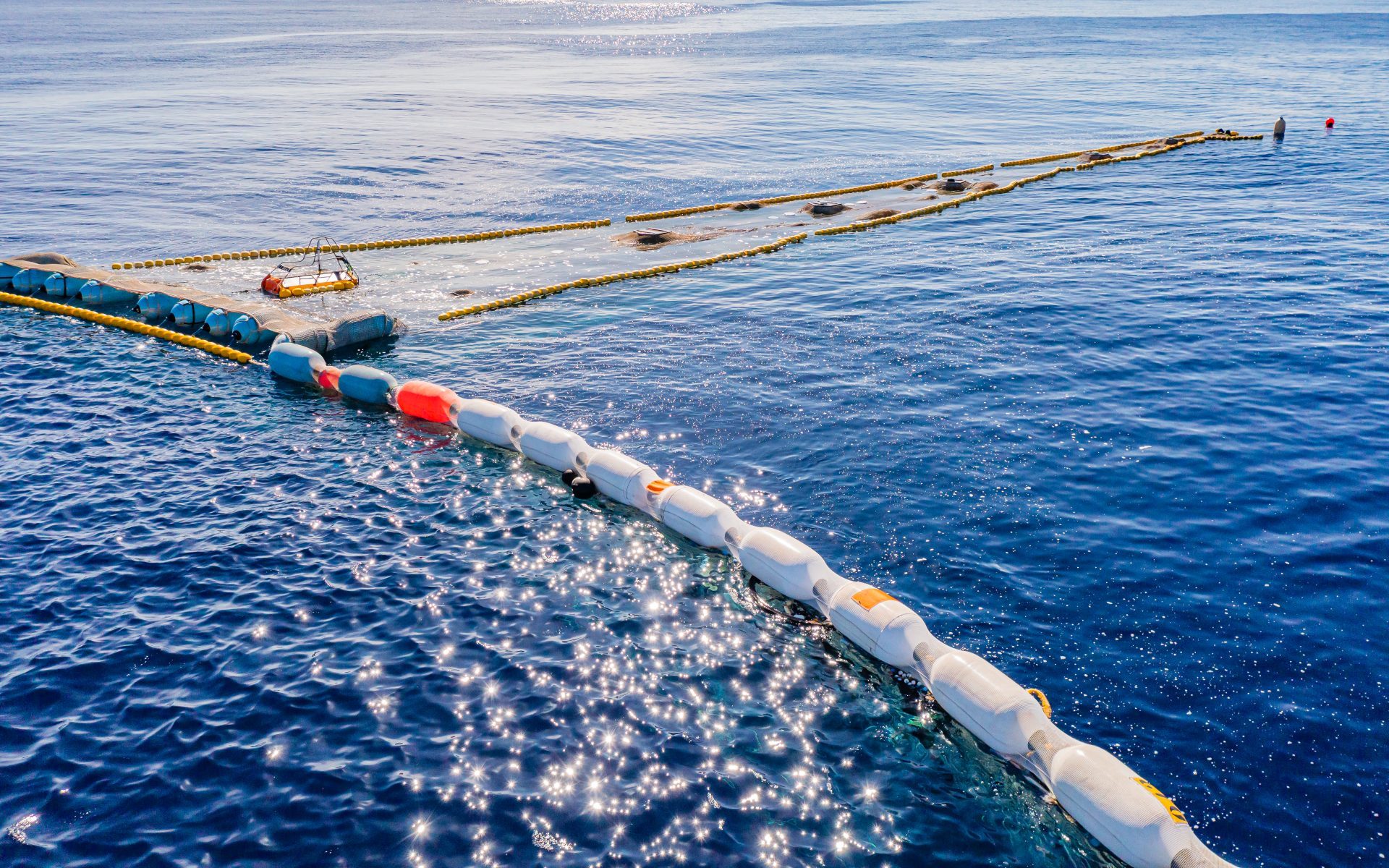
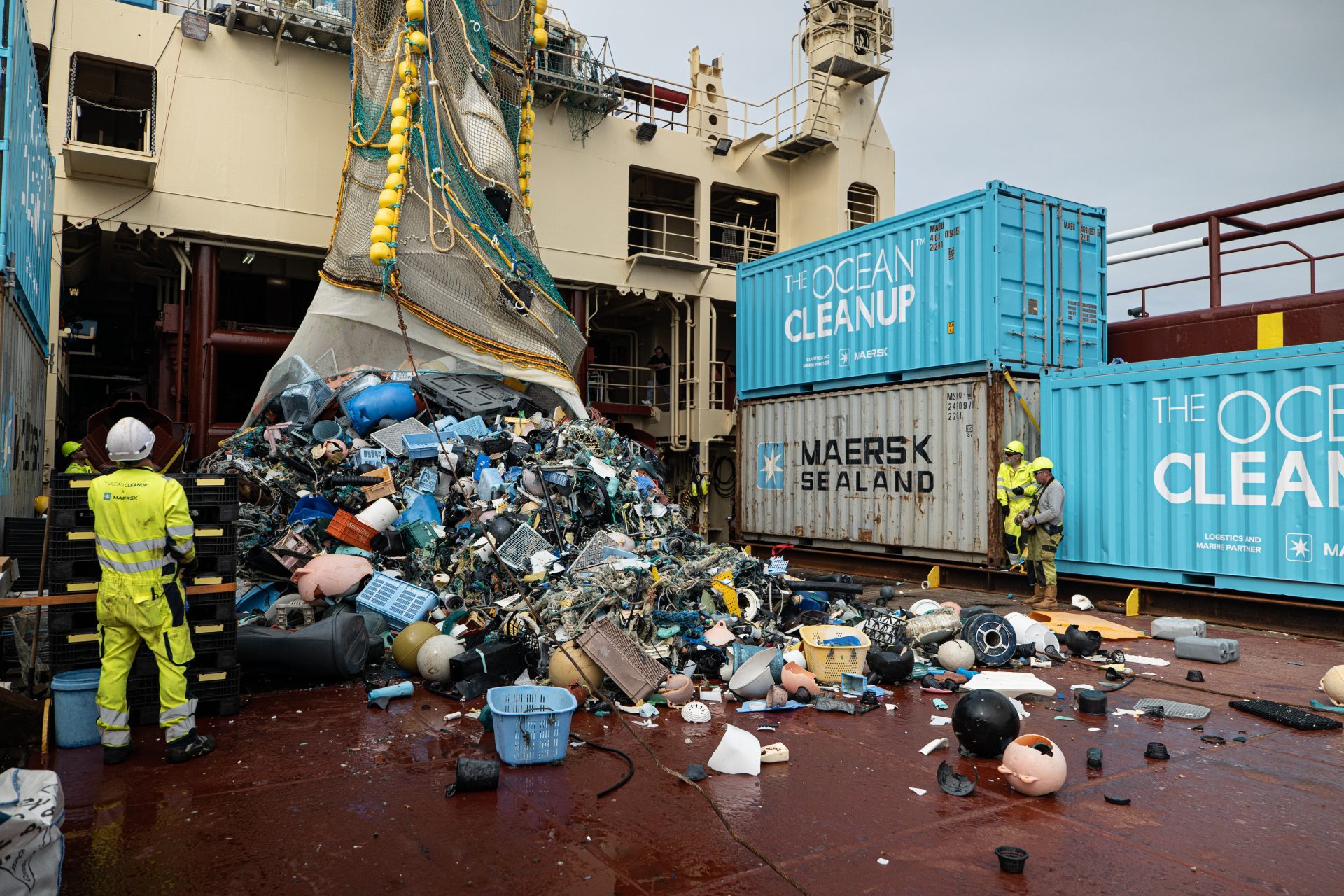
Collaborations:
Learn More: The Ocean Cleanup
7. Prevented Ocean Plastic
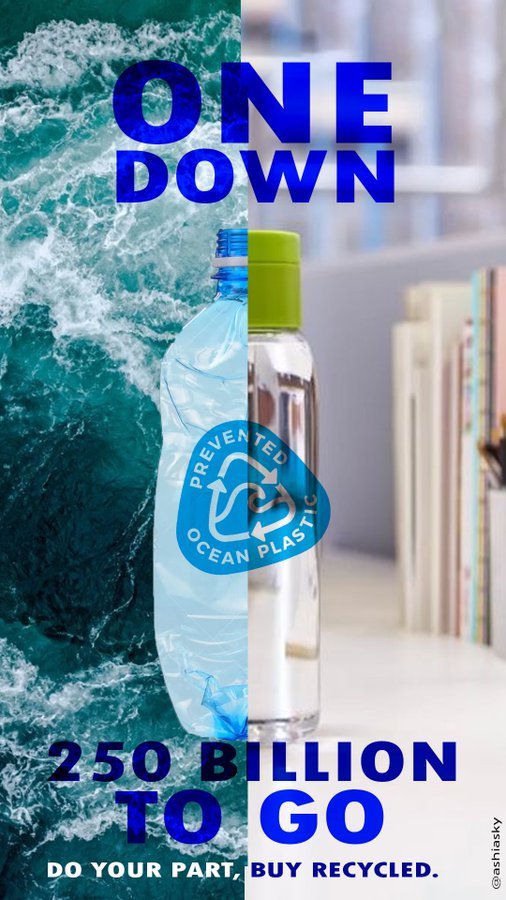
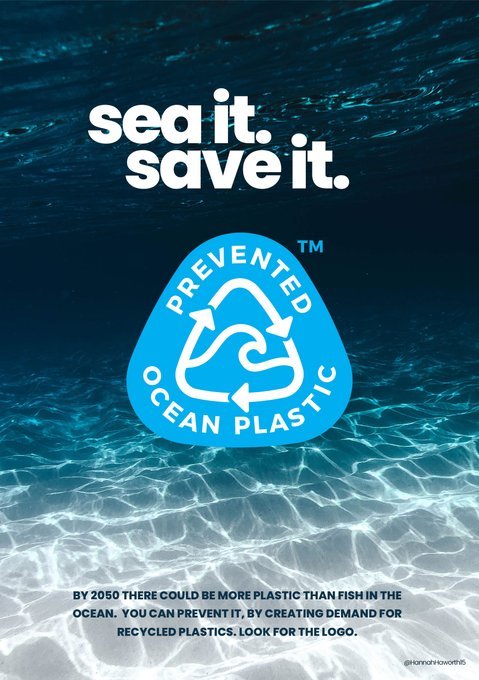
Overview: Prevented Ocean Plastic is a global recycling initiative that collects plastic waste from coastal areas at risk of ocean pollution. The collected plastic is recycled into high-quality materials used in packaging and products.Preserve+2Spectra Packaging+2Prevented Ocean Plastic+2
Key Achievements:
- The initiative has created a reliable supply chain for recycled ocean-bound plastic.
- Collaborations with brands have led to the production of sustainable packaging solutions.
Products:
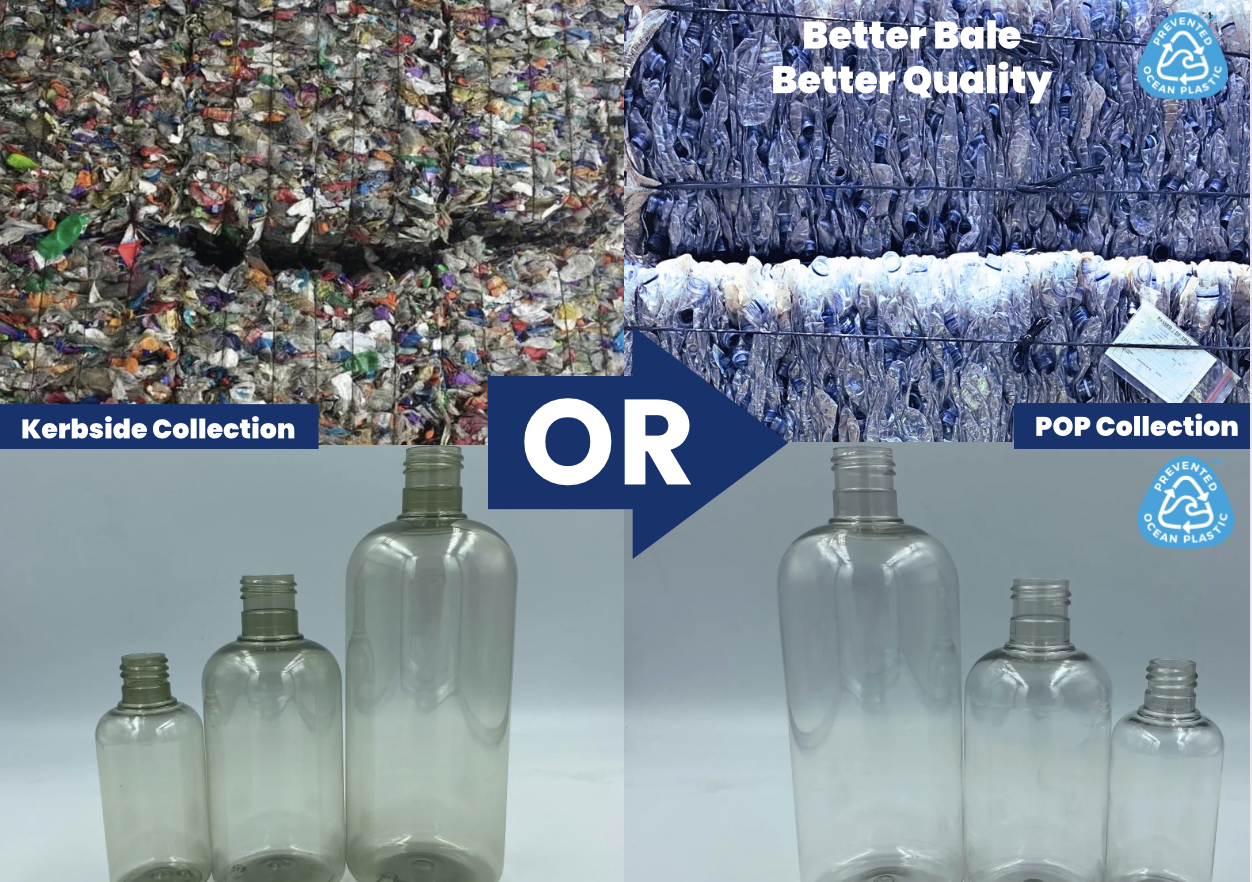
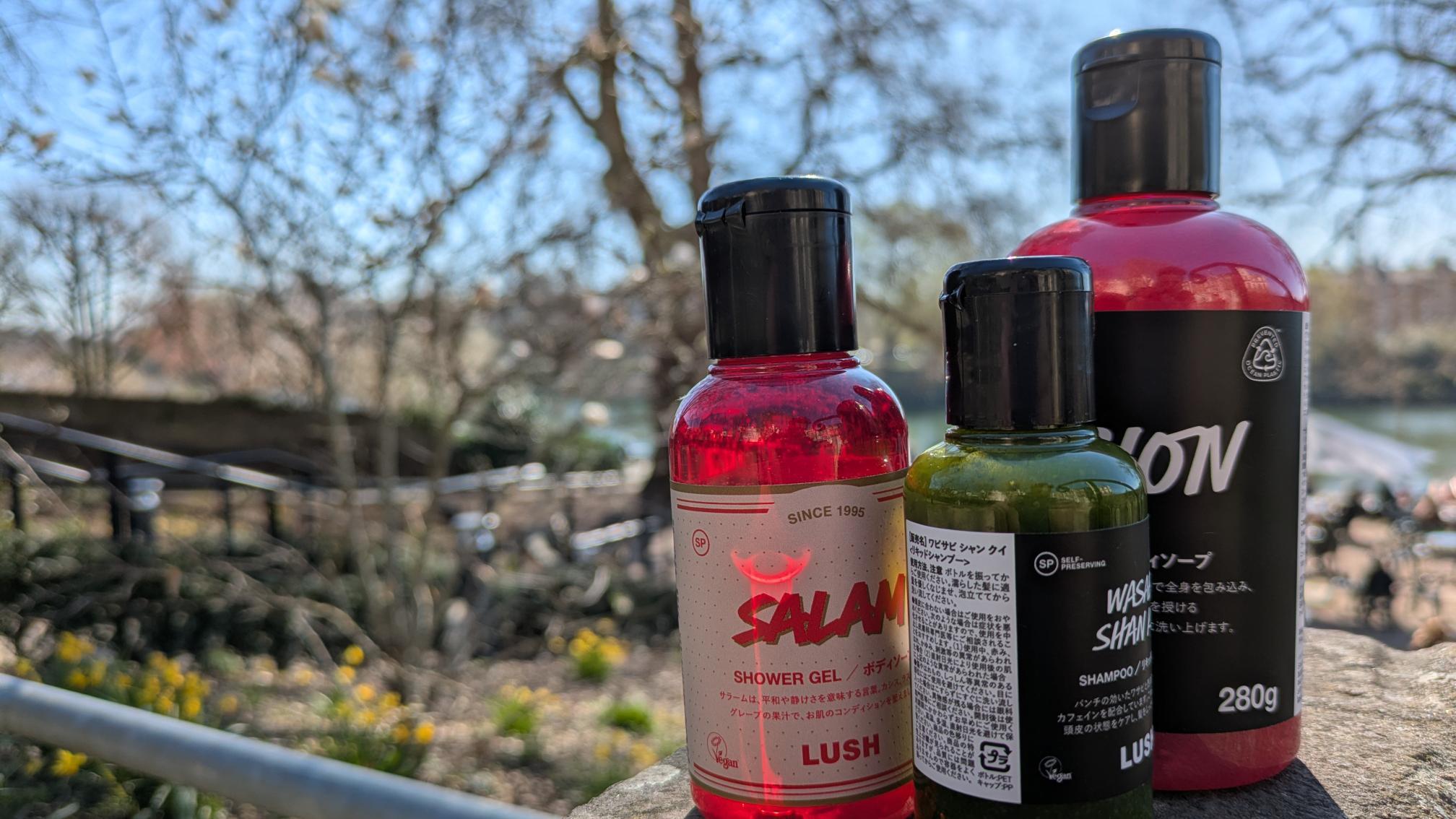
Collaborations:
Learn More: Prevented Ocean Plastic
8. Ocean Community Challenge
Overview: The Ocean Community Challenge is a platform that supports early-stage innovators developing solutions for ocean sustainability. It provides mentorship, funding, and exposure to projects that aim to protect marine ecosystems.LinkedIn
Key Achievements:
- Annual challenges have attracted numerous innovative proposals for ocean conservation.
- The platform fosters collaboration between entrepreneurs, scientists, and environmentalists.
Products:
Collaborations:
Learn More: Ocean Community Challenge
9. Preserve Ocean Plastic Initiative (POPi)

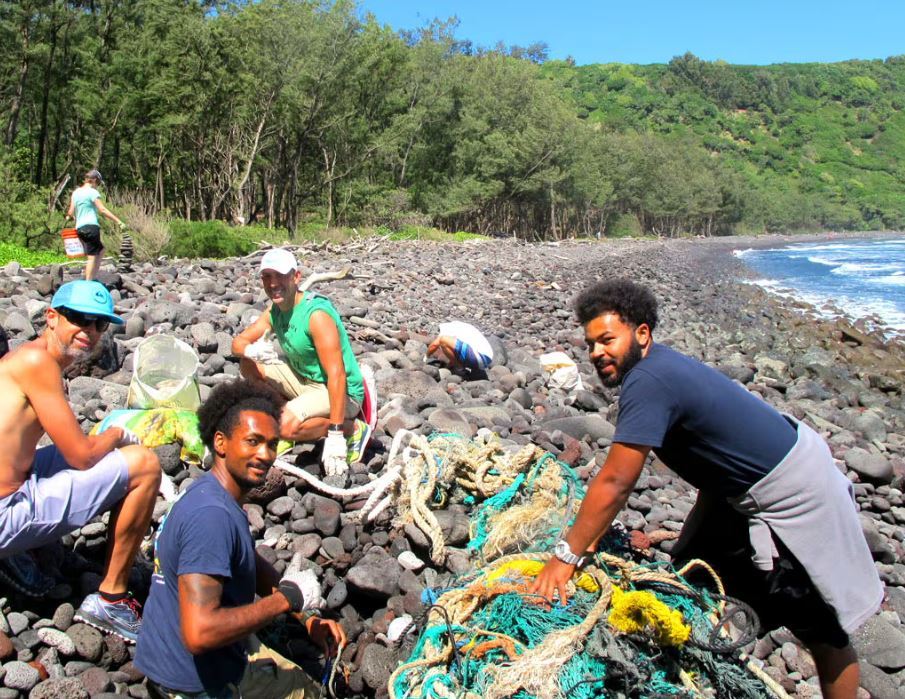
Overview: POPi is an initiative by Preserve that creates everyday products from recycled ocean-bound plastic. Their product line includes items like toothbrushes and razors, promoting sustainable consumer choices.Preserve
Key Achievements:
- POPi products are made from plastic collected from coastlines and waterways.
- The initiative raises awareness about ocean plastic pollution through practical solutions.
Products:
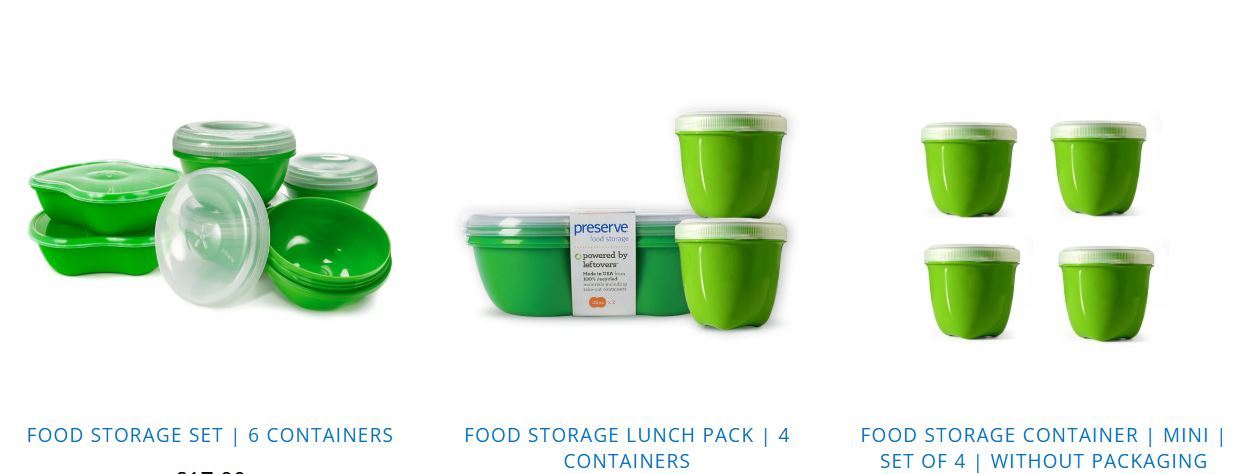
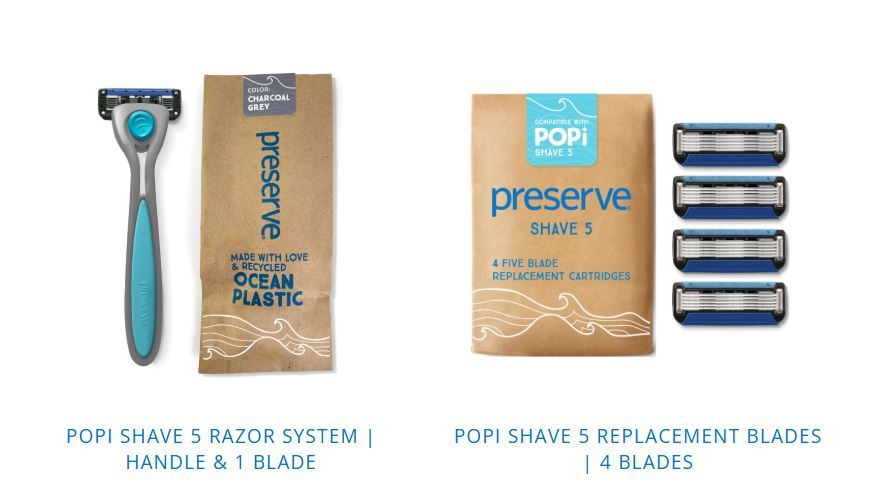
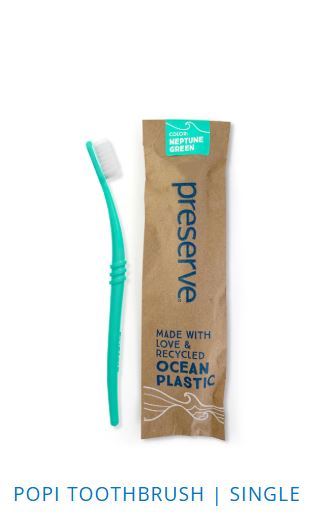
Collaborations:
Learn More: Preserve POPi
10. Adidas x Parley Collaboration
Overview: Adidas has partnered with Parley for the Oceans to create a line of footwear and apparel made from upcycled marine plastic waste. This collaboration merges performance sportswear with environmental responsibility.ParleyBehance
Key Achievements:
- Over 30 million pairs of shoes have been produced using Parley Ocean Plastic®.
- The partnership has significantly contributed to reducing plastic waste in marine environments.
Learn More: Adidas Parley Collection
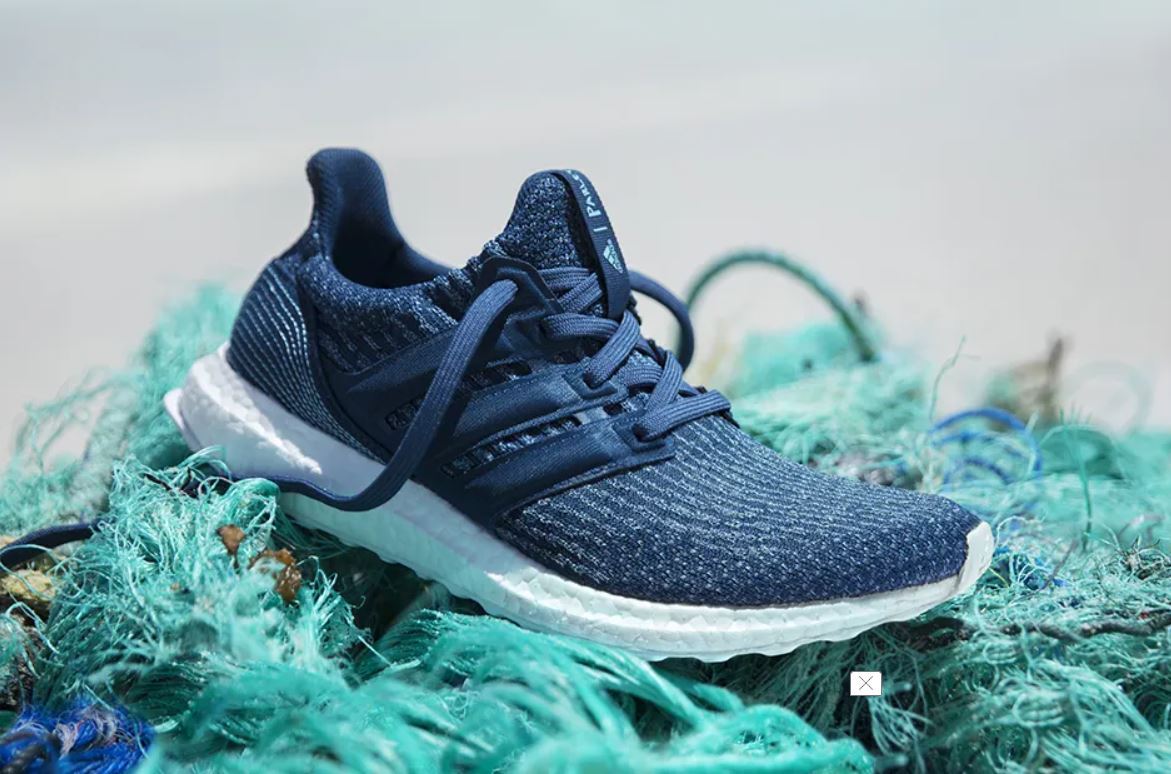
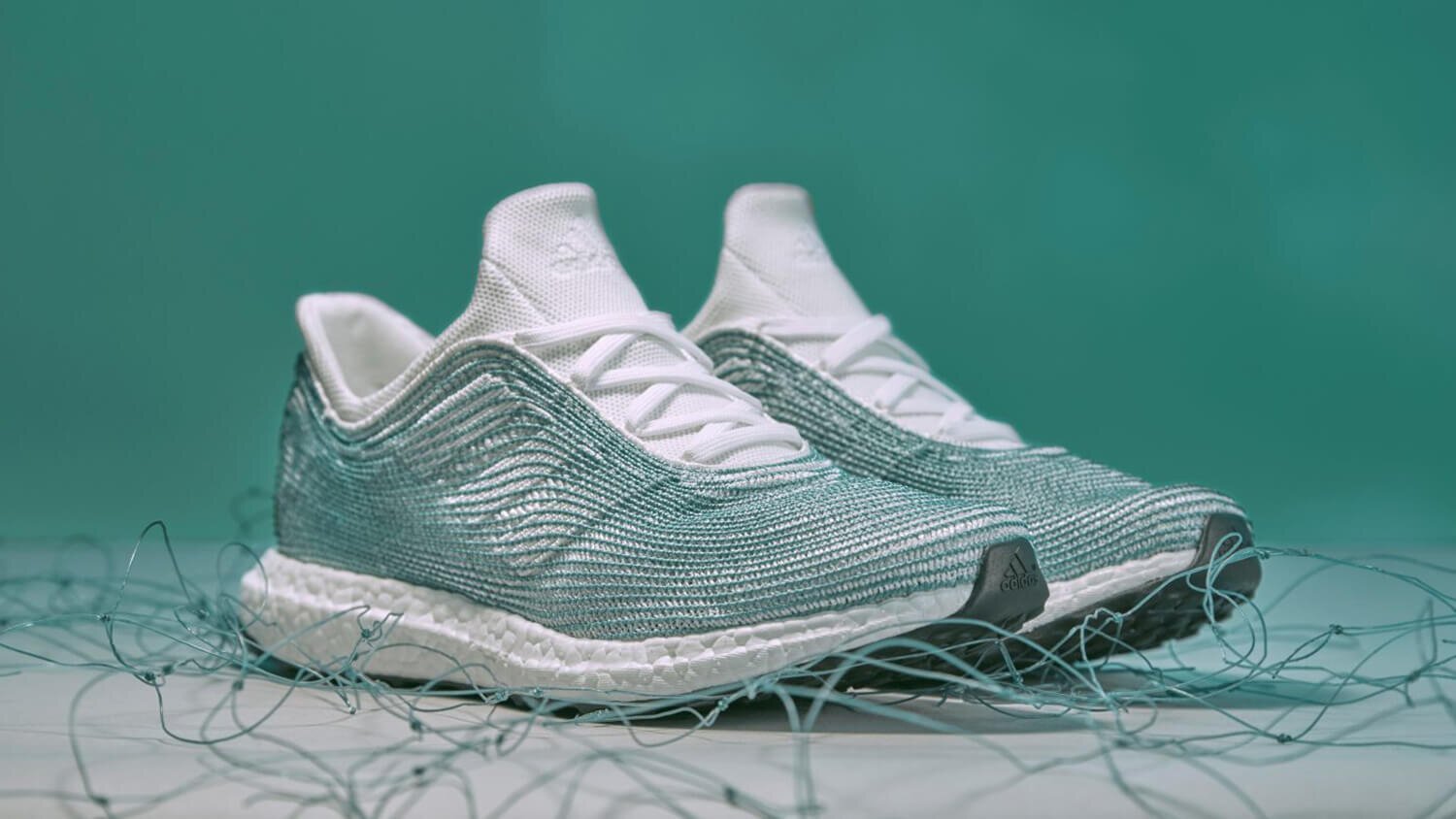
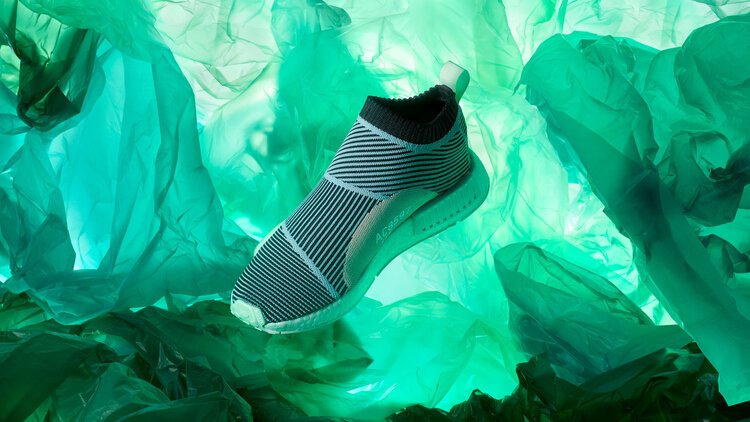
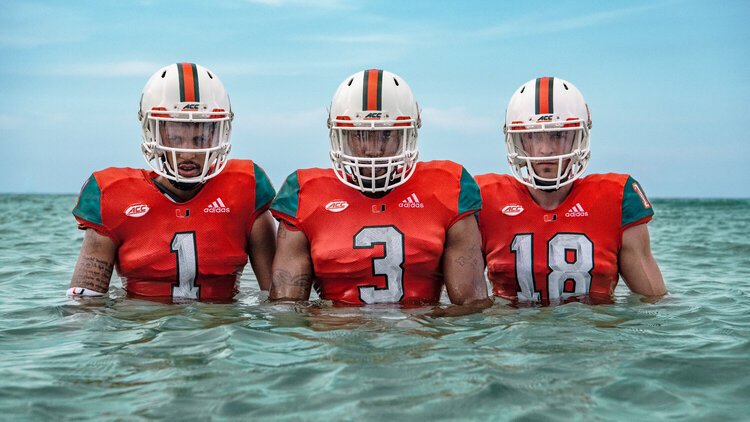
Conclusion: Building a Blue Future—One Innovation at a Time
The ocean sustains life on Earth, providing oxygen, regulating climate, and supporting billions of people through food, livelihoods, and culture. But safeguarding this vital resource requires more than conservation slogans—it demands real, systemic change. The companies featured in this article are proving that business can be part of the solution. By embedding circular economy principles, embracing low-impact production methods, and investing in regenerative initiatives, they are leading a new era of ocean-friendly enterprise.
What sets these pioneers apart is not only their technical innovation but their commitment to collaboration—with coastal communities, scientists, and consumers—to build scalable, inclusive solutions. Their efforts show us that ocean health is not a niche concern; it is an opportunity to reimagine our economies through a lens of resilience, equity, and ecological harmony.
As consumers, investors, and citizens, we all have a role to play. Supporting these forward-thinking companies is a step toward a regenerative blue economy—one that protects marine ecosystems while inspiring hope and action across the globe. Together, we can chart a course toward a future where people and planet thrive in unison.



































